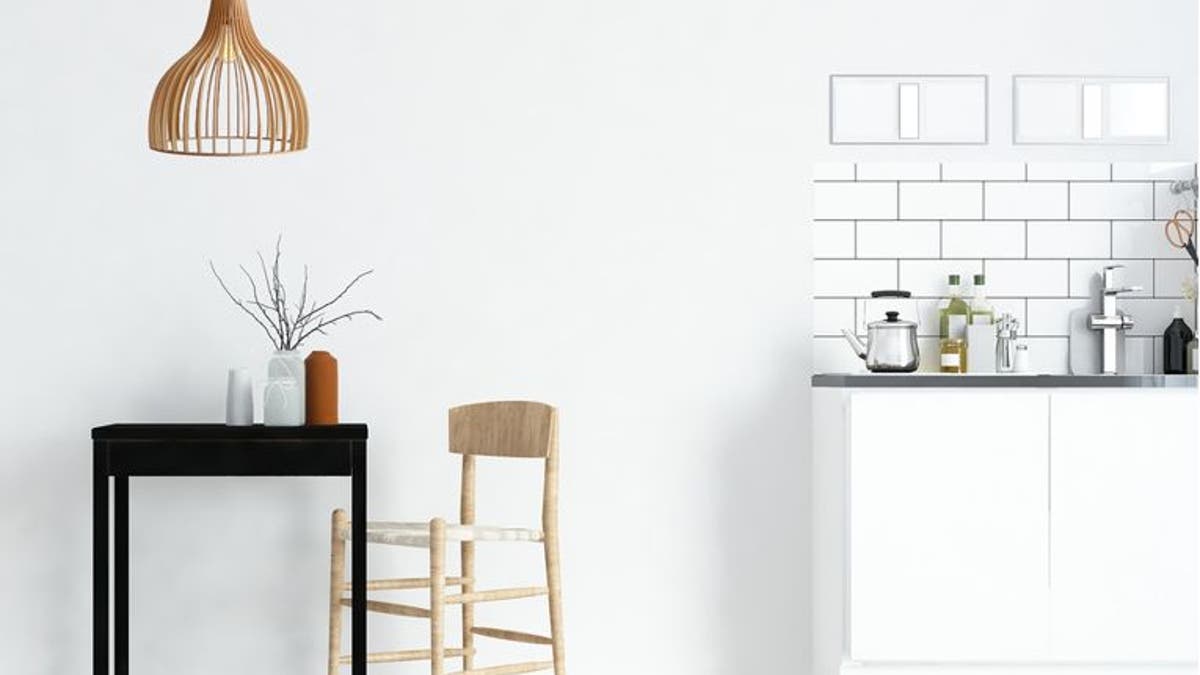
Pendants, uplights, downlights, LEDs — are you confused by all the options out there in kitchen lighting when it comes to creating the illumination you need to prep, cook and dine? We’ve asked expert Ben Mills to explain the different lighting types and the main things to consider in planning an effective design.
Why is kitchen lighting so important? For most of us, the kitchen is the workhorse of the home and a busy spot from morning till night. Good lighting is essential, as it allows you to perform tasks such as prepping food and cleaning up safely, says Mills, executive general manager at Australia’s Crompton Lighting. Plus, it adds character to a space and can quickly take the mood from functional to cozy, perfect for an eat-in kitchen.
Plan lighting as early as possible. Moving light fixtures after a kitchen has been installed can be expensive: Rewiring and repainting mean costs can add up quickly. For that reason, it’s best to plan kitchen lighting during the design stage.
What is a layered lighting design? Light layering involves creating different shades of light, playing with shadows and using colors to highlight a room’s best features. In the kitchen, it generally incorporates task lighting for food prep and cooking, ambient lighting for general illumination and character, and accent lighting to highlight specific features such as a gorgeous backsplash or a piece of art.
Consider safety first. The first priority of kitchen lighting is to provide sufficient illumination for safe and efficient meal prep, cooking and cleaning. This is achieved with task lighting — think LED strip lights under an upper cabinet (these create a lovely, even light with no shadows or heat) or a track system over the island.
Make sure there are no shadows in your prep zones. The best way to do is this is to install task lighting in front of or above you, rather than behind you.
Add ambient lighting for character. Soft, ambient lighting will wash your kitchen with light and create a warm, welcoming glow. It could be in the form of a pendant above a counter or dining table, downlights around the perimeter of the room or a central ceiling light.
Highlight your best features with accent light. Use accent lighting to draw attention to special features such as a backsplash or a dramatic island facade. Installing strip lighting under cabinets or counters is a great way to achieve this. You could also add accent lighting to glass cabinets or open shelving to highlight your displays.
Choose the right style. When it comes to choosing kitchen lights, take your cues from your home’s architecture and the lighting styles in the rest of the home. Choosing similar styles (or at least having a unifying theme such as shape or finish) will create a sense of flow among the spaces. This is particularly important in an open-plan kitchen that flows directly into a living or dining area.
When it comes to decorative lighting trends, the Scandi look is still popular, as well as simple styles in natural wood and black, white and industrial metallics.
Get the proportions right. With pendant lights and other decorative styles, size is also important: too large and the fixture will overwhelm a small kitchen; too small and it may get lost in a large space.
It’s also important to hang the pendant at an appropriate height to reduce the risk of people bumping their heads. Generally speaking, it should be about 32 inches above a table or counter.
Take control. Lighting control systems allow you to alter the illumination as needed and change the mood of the space. With dimmers, for example, you can go from bright lighting for precision cooking to a warm glow for dining. Having controls on separate switch plates lets you control lights in different areas separately.
Don’t be tempted to do the job yourself — unless you’re a trained electrician, always hire a professional to do electrical work in your home.



















